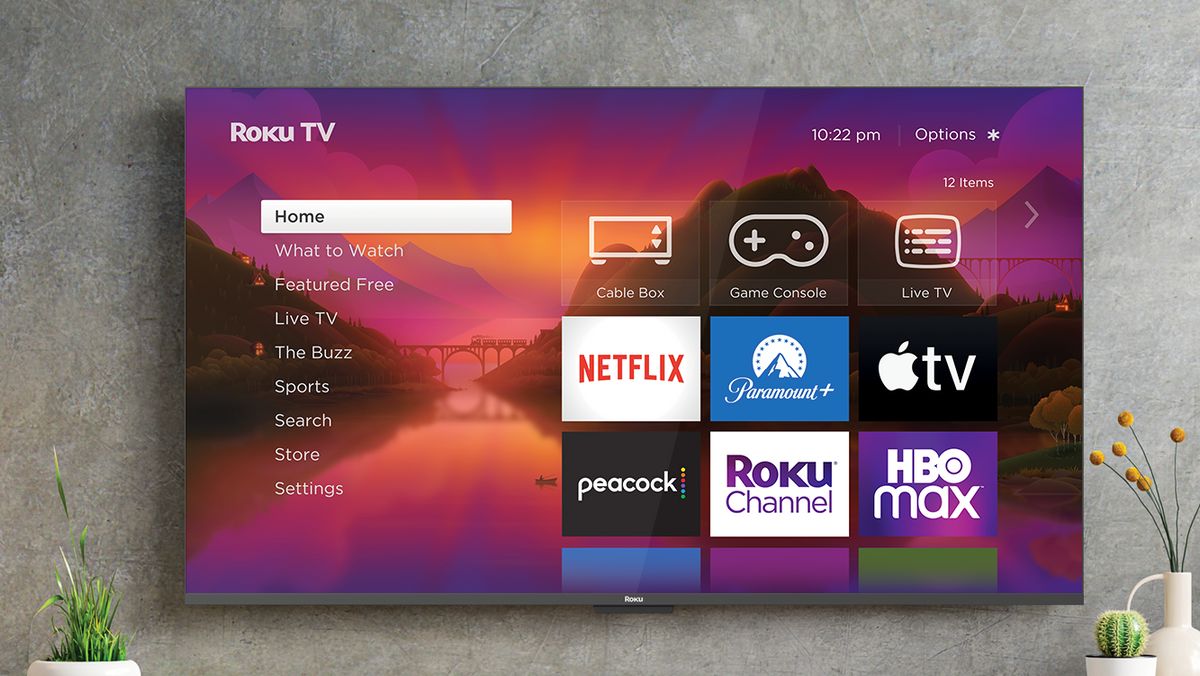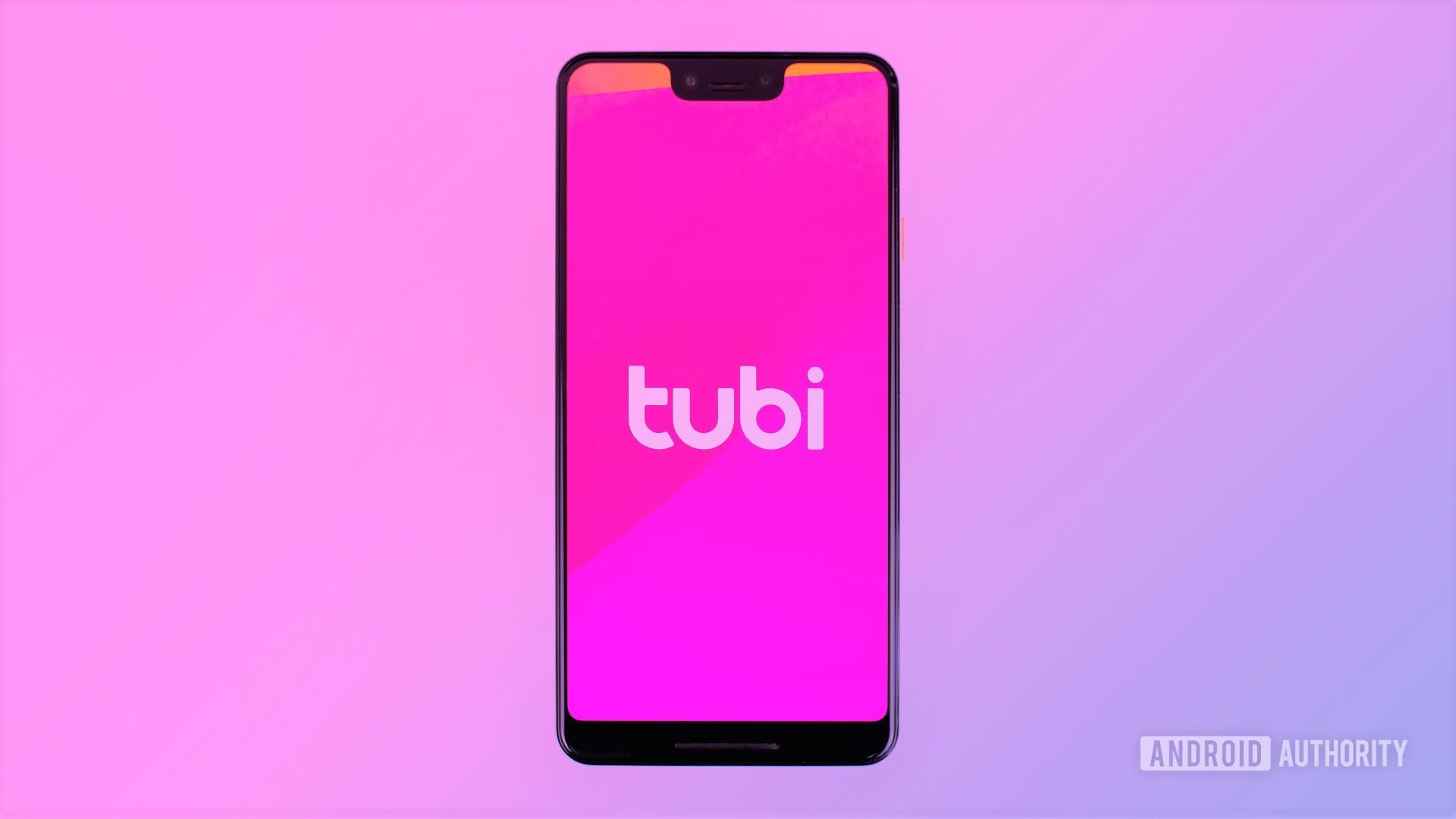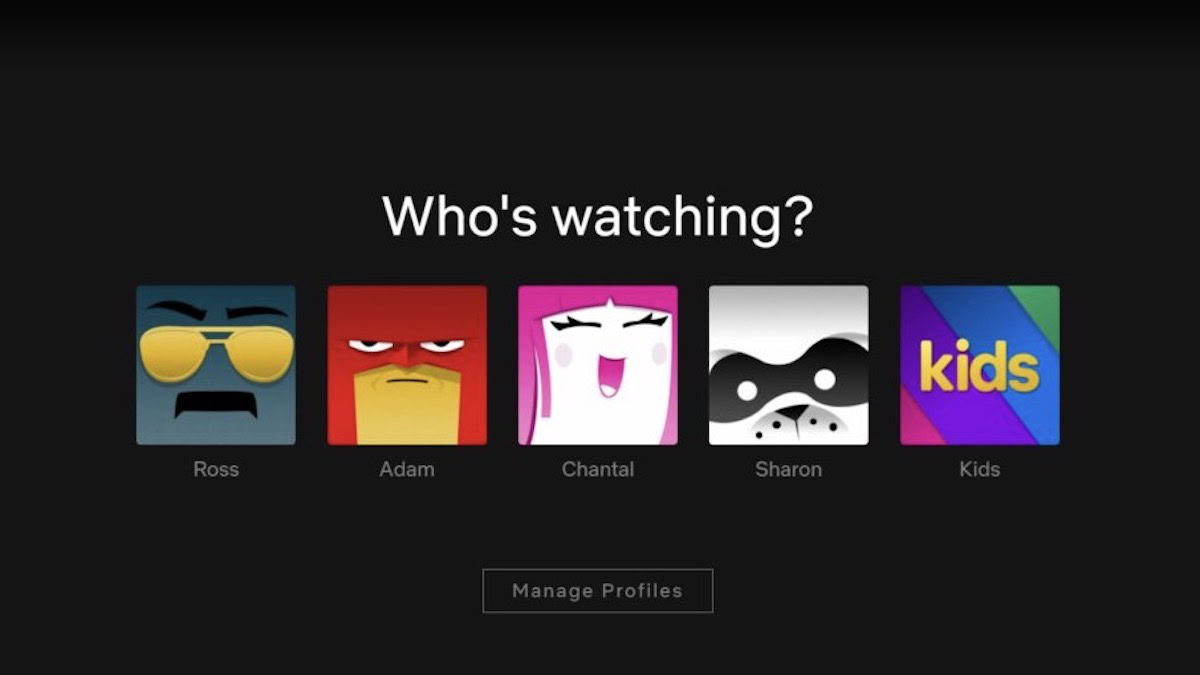Affiliate links on Android Authority may earn us a commission. Learn more.
Are free streaming services enough or is Netflix still a must?

As the world of video streaming continues to grow, the rise of free streaming services has become one of the most significant trends to watch. Netflix was once the gold standard of streaming, eventually drawing competition from more recent, big-ticket entries in the space like HBO Max and Disney Plus. But all of those come at a cost, and with folks watching their monthly spending, it’s worth asking whether you can satisfy your streaming needs without paying for it.
The elephant in the room here, of course, is that people have been quite vocally looking for Netflix alternatives as the legacy streamer cracks down on account sharing. This on top of subscription fee hikes that have made the service quite pricey.
But lots of alternatives at different price points exist out there, not just free streaming services. So, the question is, can you switch to free services altogether, or are Netflix and other premium streamers still a must? Below, we look at the best ways to shrink your streaming bill, including what you’ll get and what you’ll lose as part of the bargain.
Are free streaming services enough?

What kinds of free streaming content can you get?
Free streaming services work just like every other streaming service. Instead of paying a monthly fee, you “pay” by watching ads interspersed in whatever you’re watching. Some of our favorite options are Freevee, the Roku Channel, Pluto TV, and Tubi.
Most work like Netflix, offering a huge list of titles to watch on demand. But services like Pluto TV offer their own channels of “live” programming, played in a linear fashion like traditional TV, if that’s your preference.
The movies and TV options on free streamers are only getting better.
Their libraries vary quite a bit. Some include major film and TV titles, while others go for campy, B-movie fare. You can also watch originals, offered exclusively by certain services. One high-profile free streaming exclusive is last year’s Roku Original Weird: The Al Yankovic Story. The parody biopic stars Daniel Radcliffe as the titular comedy singer.
Increasingly, free streamers offer enticing content to rival the bigger services. In January, Warner Bros. Discovery announced an unprecedented partnership with Tubi and the Roku Channel. After pulling titles from HBO Max, Warner is allowing them to stream exclusively for free. Some of the titles included in the deal are Westworld, The Nevers, Raised by Wolves, FBoy Island, Legendary, Finding Magic Mike, Head of the Class, and The Time Traveler’s Wife.
What are you giving up?
Before we get too deep, let’s be crystal clear. There’s no way to have your cake and eat it too. If you make the switch to only free streaming services, you will be losing some access to cool stuff.
Every week, each service offers new movies to stream, along with hot new shows. A fair number of these are original shows and movies. That means they aren’t available anywhere else. Stranger Things and the upcoming Extraction 2 won’t be available except on Netflix. The Mandalorian is exclusively for Disney Plus subscribers. The list goes on. But most people don’t subscribe to every single service. We pick and choose, and there’s some stuff that just doesn’t make it to us.
That’s the big loss if you switch to free streamers. Some of the bigger streaming titles just don’t make it to you.
How much can you save on streaming subscriptions?
Even if you stick to cheaper options, a handful of streaming subscriptions can add up fast, leaving you with $50 or even $100 monthly bills.
It's easy to spend $100 or more on streaming every month.
A Standard Netflix subscription is $15.49 per month. If you add HBO Max to keep up with The Last of Us and Succession, and then an ad-free Disney Plus account to keep the kids happy, you’re looking at another $9.99 for each. You’ve already hit $35.47 per month. That doesn’t get you Amazon Prime Video originals like The Rings of Power or Reacher, and it doesn’t include Hulu or any live sports.
You can see how quickly these things can add up. Switching to free services can save you a lot of money.
Other ways to save on streaming costs?

How far can streaming free trials get you?
One way to save money on streaming subscriptions is to cycle through free trials. This isn’t as great a strategy as it once was though.
There was a time when you could get a full month of access to numerous streaming services by signing up for a free trial. A lot of them have tightened things up, and Hulu is one of the last major holdouts. Seven-day trials are the norm now, if that. Some streamers like Netflix and Disney Plus won’t give you a free trial at all.
Others, like Apple TV Plus, offer up to three months, but that requires the purchase of a new Apple device, otherwise, you’ll have to live with just seven days.
Below, we’ve compiled all the free streaming trials available from major streamers:
- Amazon Prime Video — 30 days
- AMC Plus — Seven days
- Apple TV Plus — Seven days, or 90 days with the purchase of select Apple devices
- The Criterion Channel — 14 days
- Discovery Plus — Seven days
- Disney Plus — No free trial
- HBO Max — No free trial
- Hulu — 30 days with the ad-free plan
- Mubi — Seven days
- Netflix — No free trial
- Paramount Plus — Seven days
- Peacock — Seven days with either of the paid subscriptions
- Shudder — Seven days
Switch to ad-supported subscription tiers
One option to remember is to switch your streaming subscriptions to cheaper tiers, including ad-supported plans.
In the case of Peacock, you can actually use the service for free with ads, though you lose a lot of access to some of the best titles on the service. Instead, you may want to check out peacock’s ad-supported paid tier. At just $4.99 per month, you can access the whole Peacock library with a Premium plan. That’s half the cost of an ad-free Premium Plus plan.
Similarly, if you trade down to ad-supported versions of Netflix, HBO Max, Disney Plus, Paramount Plus, and Discovery Plus, you can save all kinds of money. While the highest price point at Netflix is $19.99 per month, an ad-supported plan is just $6.99.
Not every service offers such massive savings, and Netflix admittedly offers some perks like offline downloads and more simultaneous streams the higher you go, but the fact remains: you can probably find some savings if you go looking.
Cycle your subscriptions
Who says you have to subscribe to every service at the same time for eternity? Sure, yearly billing might save you a few bucks if you plan to keep a subscription that long anyway, but monthly billing cycles give you a remarkable amount of freedom.
What if the only thing keeping you on Netflix is just one or two shows you like? Say you’re a die-hard fan of Bridgerton and Stranger Things. What’s the point of staying on Netflix for a full year? You can cancel your subscription and renew when the next seasons launch. Or if you’re not in a hurry, you can wait until both shows have landed on Netflix and watch them both over a single month.
Who says you have to stay on a service for months at a time if all you watch are one or two shows?
The same goes for shows with weekly rollouts. You could subscribe to Disney Plus for the full duration of The Mandalorian’s latest season, for instance, but you could also wait a few weeks and only sign up when you’ll be able to watch the whole season over a single month.
This method allows you to jump from service to service, paying for just one or two on any given month. It’s the best of both worlds. You don’t lose access to your favourite streaming shows, but you’re not on the hook for a half-dozen streaming fees each month.
Account sharing
Now, this is the tricky one. Netflix has drawn the ire of the streaming community by cracking down on account sharing. Sharing with friends and family outside your household is a thing of the past.
It’s not entirely fair to single out Netflix though. Almost every streaming service has a rule against this kind of account sharing. Apple TV Plus is the major exception. With Family Sharing, Apple lets you share your account with “family,” however you choose to define that, outside your household. Other streamers explicitly forbid sharing a password with someone who doesn’t live with you.
That doesn’t mean you can’t do it, of course. A lot of people do, and it certainly is a way to save money.
With all the hubbub around Netflix’s recent policy change, it’s unlikely anyone else will try to come down on account sharing any time soon, but be aware that you are in violation of most terms of use if you do this.